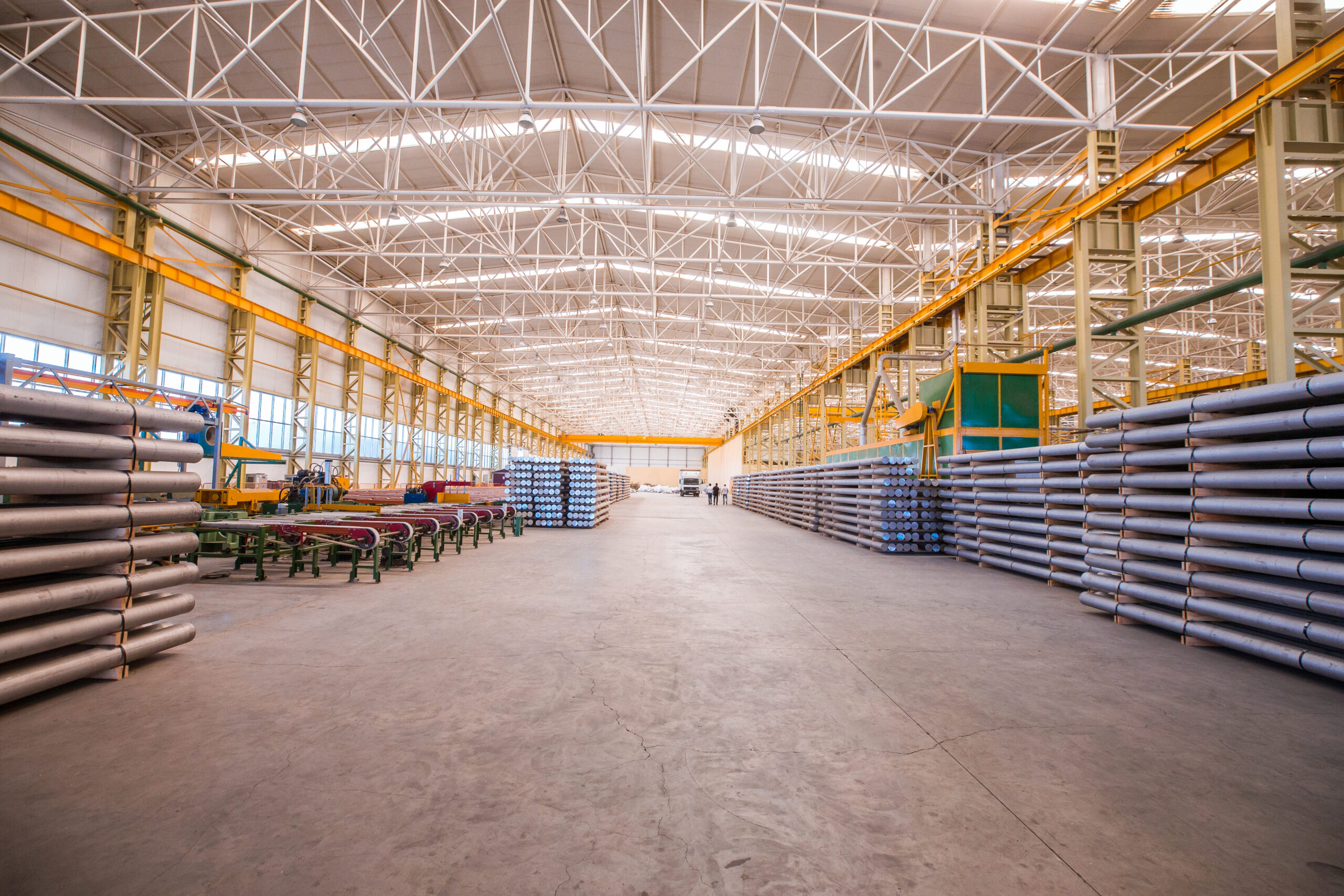Permanent Mold Casting
Durable Molds. Repeatable Precision. Cleaner Finishes.
Manufyn provides precision permanent mold casting solutions for industries seeking strong, dimensionally accurate, and high-volume metal parts. Unlike sand casting, this process uses reusable steel or iron molds to deliver smoother surfaces, better mechanical properties, and minimal post-processing.

